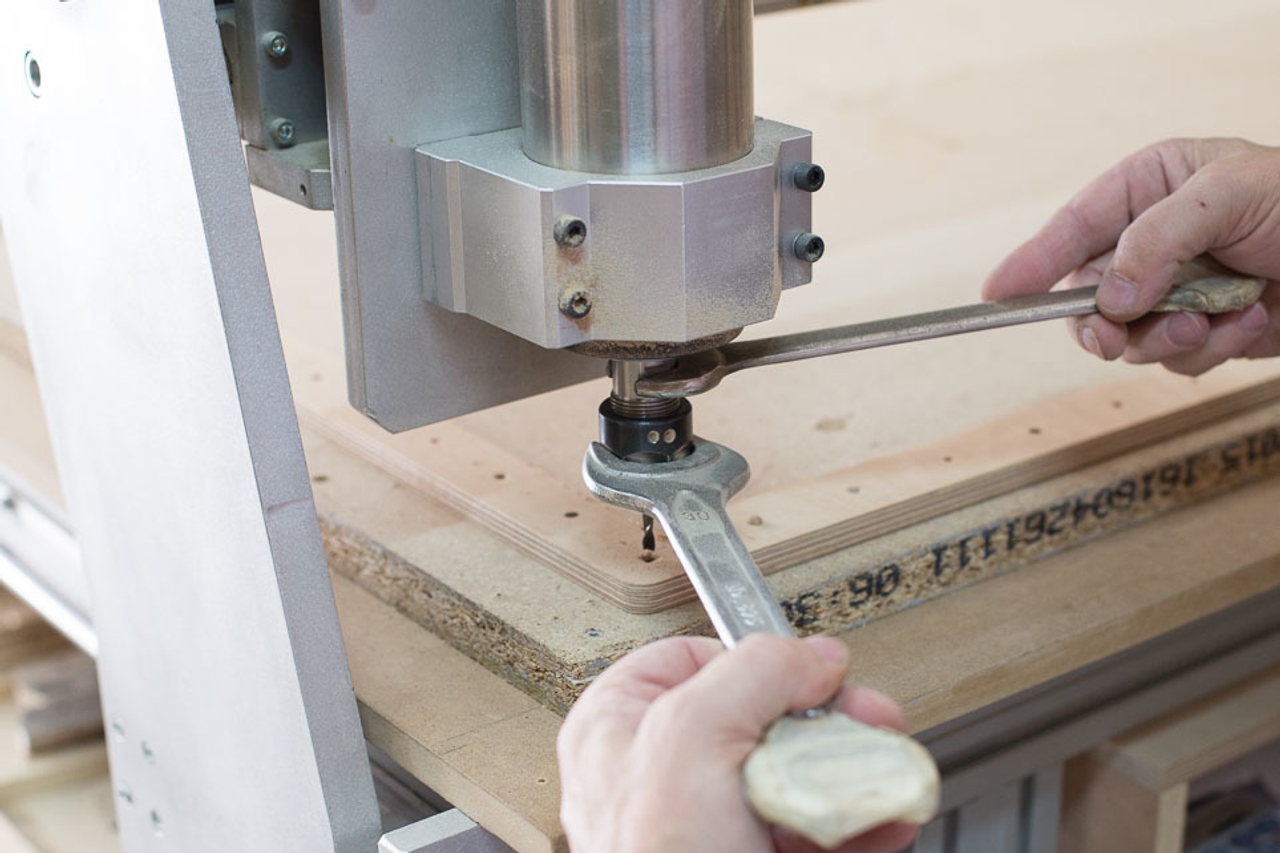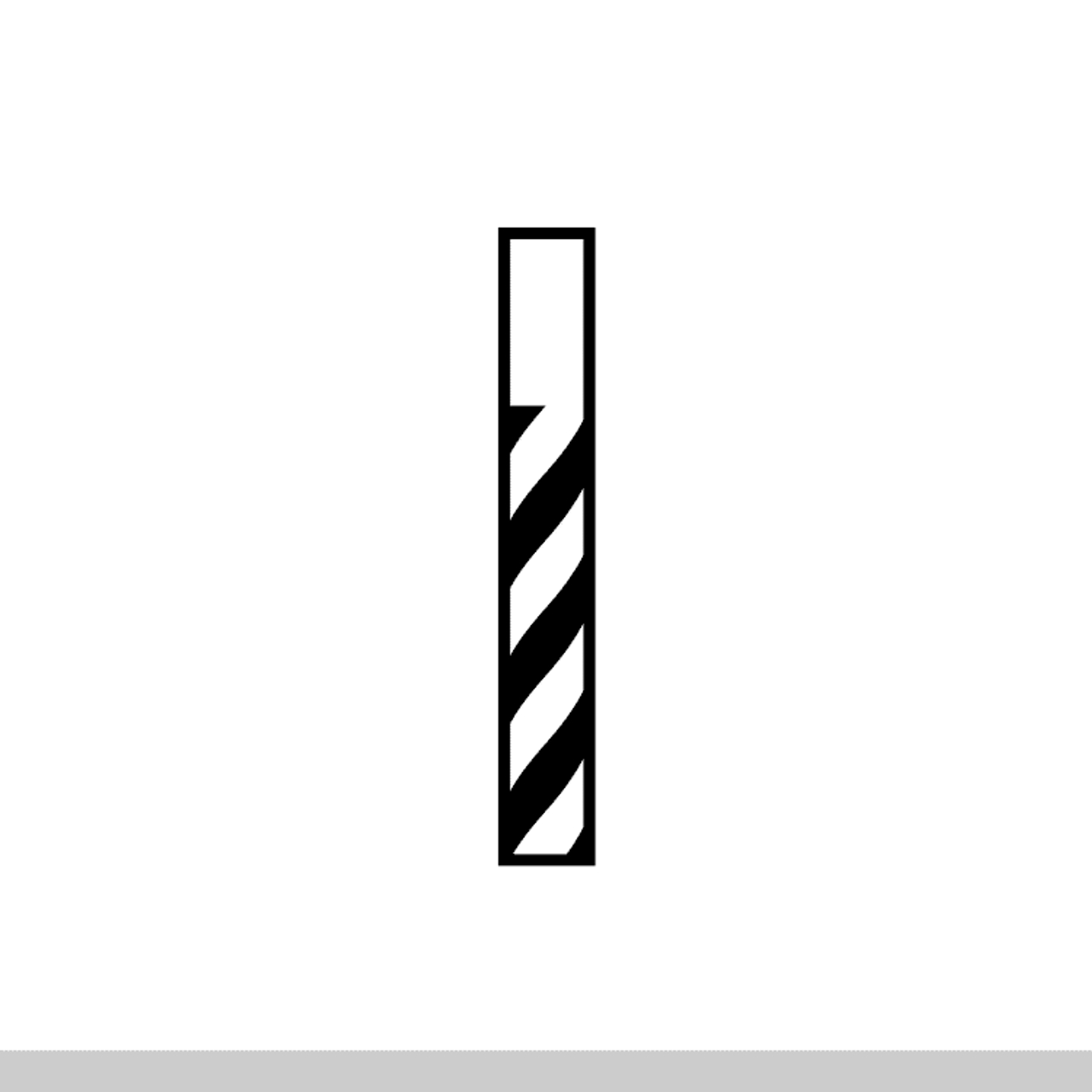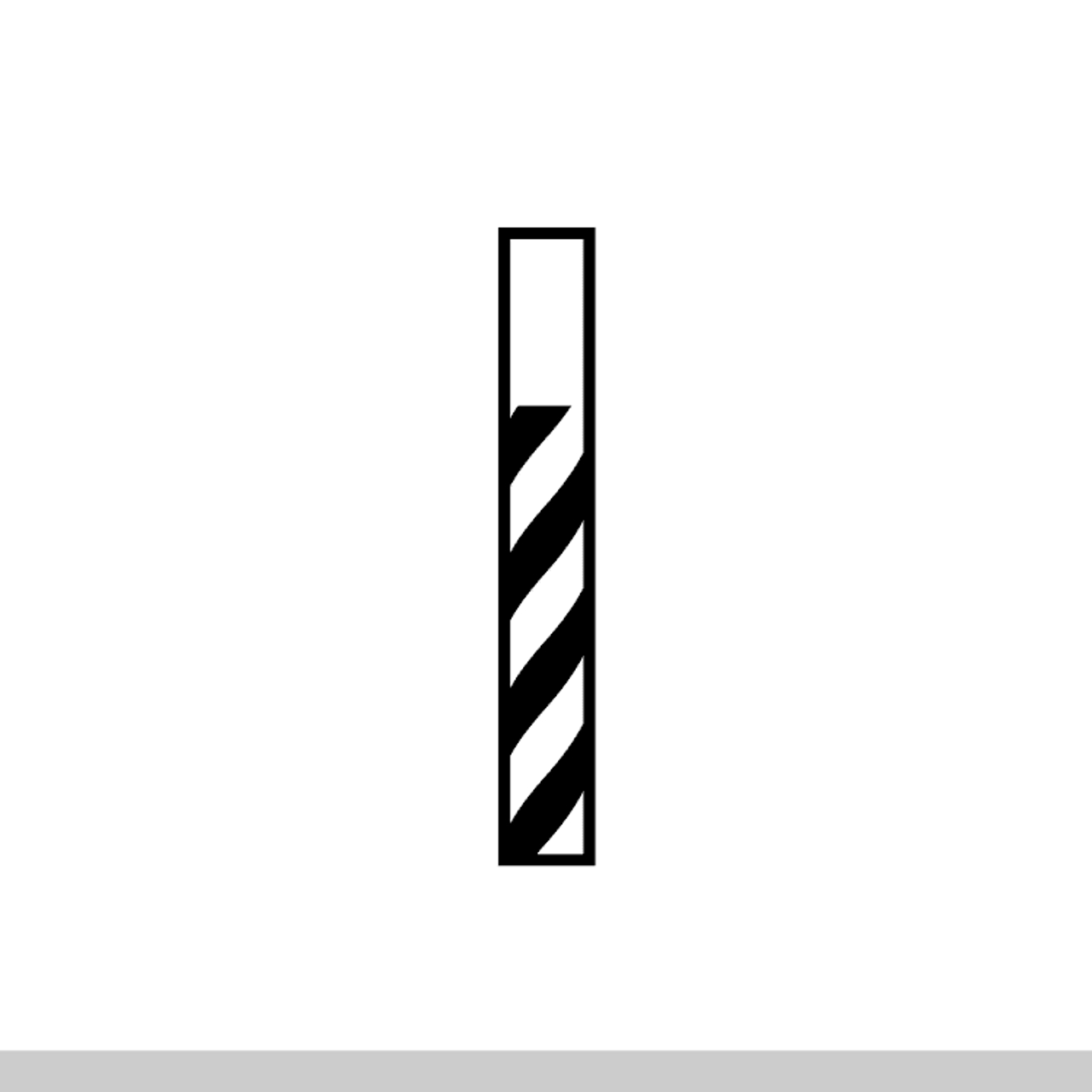Tools of the trade
We run through seven essential router bits that are used to manufacture Opendesk furniture around the world.
CNC machines - essentially large computer-controlled drills - use many types of ‘router bits’ to cut material in different ways. We couldn’t possibly run through them all, so we’ve boiled it down to the seven key router bits that are regularly used by Opendesk makers to manufacture our furniture.
We’ve put together a list which includes engraving bits, up-cutters and chamfer bits. Our CNC making guru, Ben, has provided detailed descriptions of each. The exact terminology used to describe each router bit may differ from country to county. We’ve gone with the terms we use in our London-based studio with supporting animations to avoid any confusion. Whether you’re an experienced maker looking to sign up on Opendesk or a hobby maker exploring CNC milling in your local makerspace, this guide will help you learn the ropes. Also, refer to our CNC machines and common cut types guide for a detailed description of the machine processes used to carve Opendesk furniture.
Don’t forget to check out our other guides Design for Open Making and CNC machines, Digital woodworking- remastering traditional joints and CNC machines and common cut types.
Photography and animations by Josh Worley


